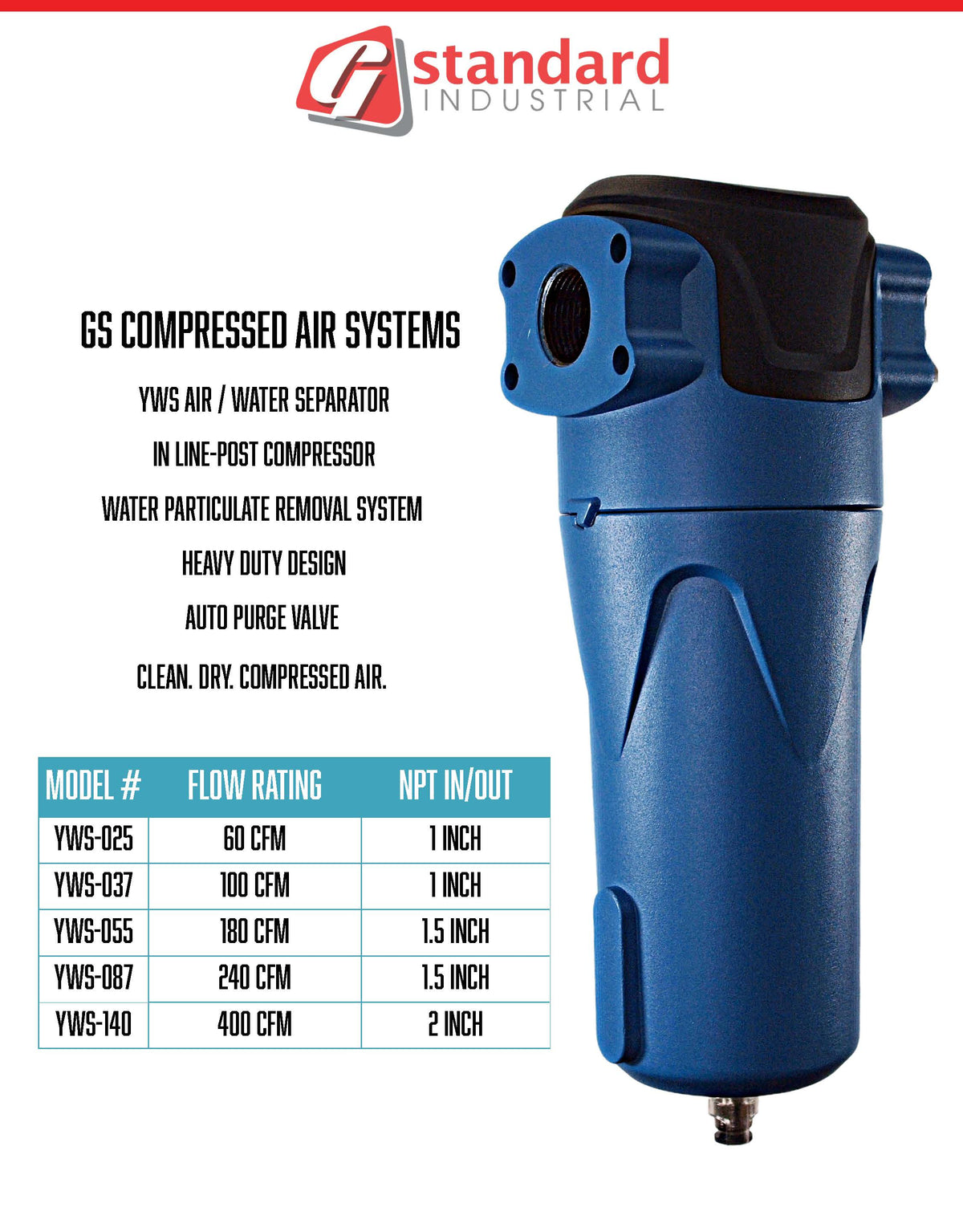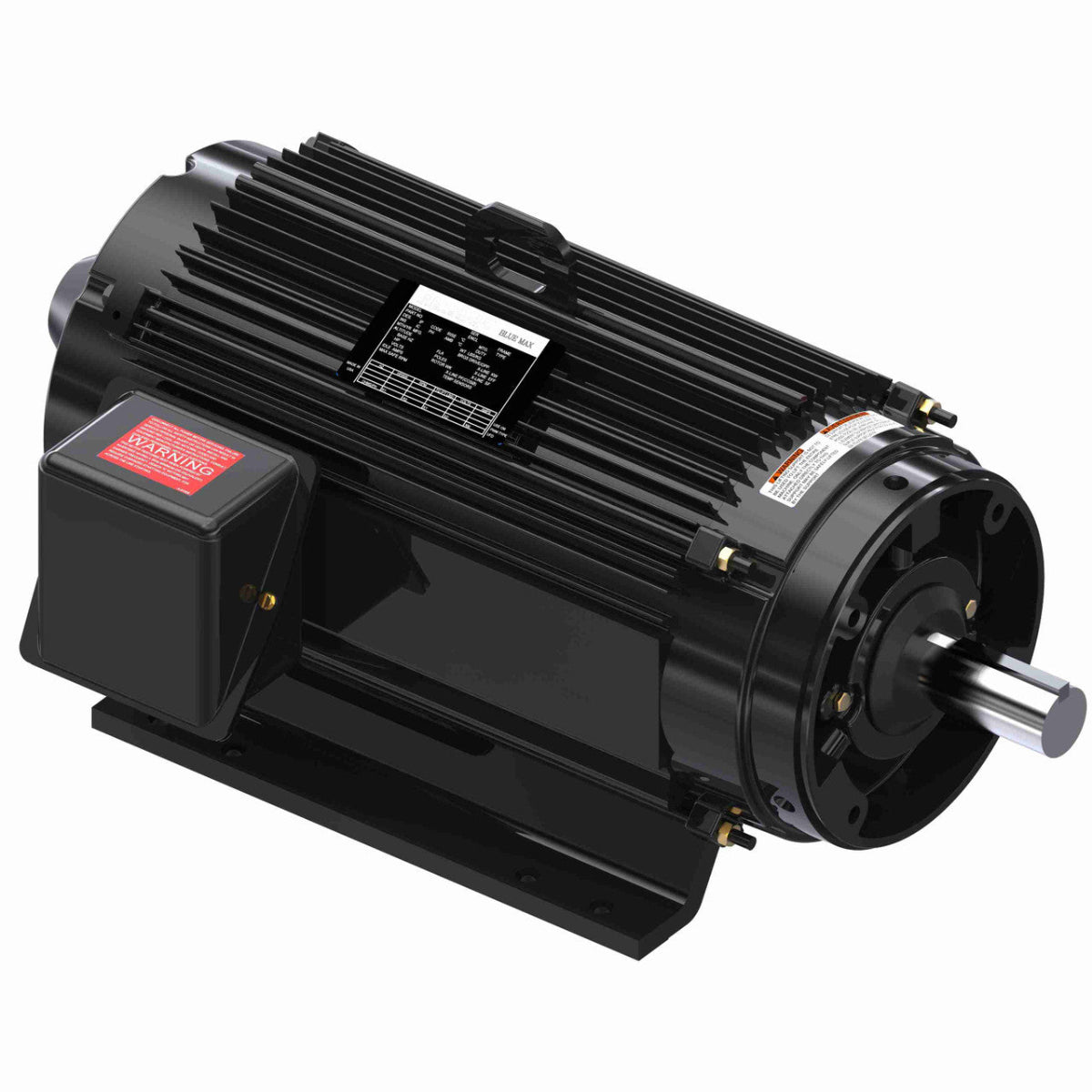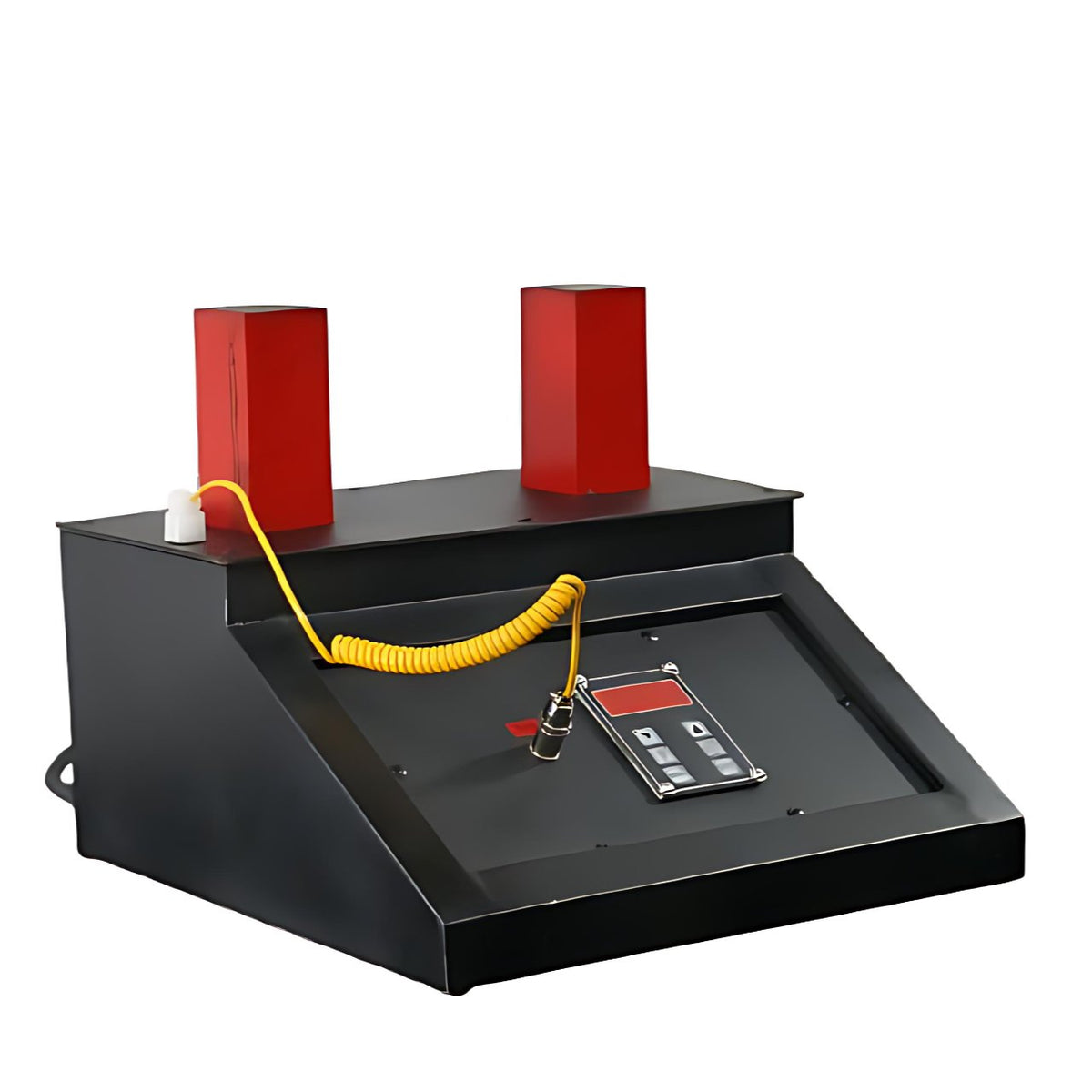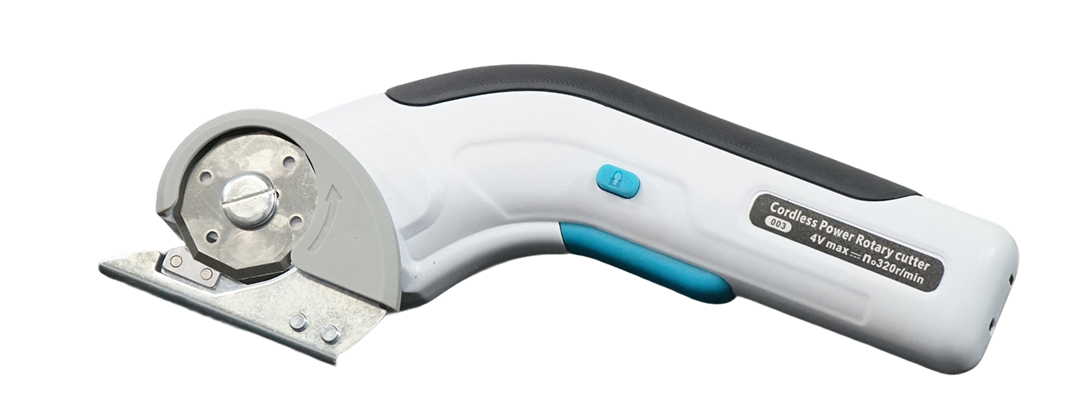Author: Noah Gilbertson
Presented by: G Standard Industrial
Proactive and disciplined maintenance is not merely a cost of operation; it is a critical investment in energy efficiency, system reliability, and total cost of ownership. A poorly maintained air compressor can consume up to 30% more energy than a well-maintained one. This guide outlines a systematic maintenance strategy to ensure your rotary screw air compressor operates at peak performance.
The Four Pillars of Compressor Maintenance:
1. Routine and Preventative Maintenance (The Foundation)
Adherence to a strict schedule based on operational hours is non-negotiable. This prevents small issues from becoming catastrophic failures.
-
Daily/Visual Checks:
-
Check and drain condensate from air receiver tanks and intercooler moisture traps.
-
Visually inspect for oil, air, or coolant leaks.
-
Monitor system pressure and temperature gauges for abnormal readings.
-
-
Weekly/Monthly Checks:
-
Check oil levels in the compressor crankcase and gearbox.
-
Inspect belt tension and condition on belt-driven models.
-
Clean cooler fins and surfaces to prevent overheating.
-
-
Scheduled Service Intervals (Based on Hours Run):
-
Oil Change: Contaminated oil loses its lubricating and cooling properties, increasing friction and energy consumption. Follow the manufacturer's strict intervals, but consider oil analysis to extend periods safely.
-
Oil Filter, Air Intake Filter, and Separator Element Replacement: A clogged air filter increases pressure drop, forcing the compressor to work harder to pull in air. A failed separator element allows oil carry-over, contaminating downstream equipment and increasing oil consumption. Never extend the life of these consumables beyond their rated hours.
-
Coolant Change (For Water-Cooled Models): Prevents corrosion and scaling inside the cooler, which drastically reduces heat transfer efficiency.
-
2. Monitoring and Data Analysis (The Nervous System)
Moving from preventative to predictive maintenance is key to peak efficiency.
-
Log Key Parameters: Track operating hours, energy consumption (kWh), pressure levels, and operating temperatures. A sudden change in a trend can indicate a developing problem.
-
Utilize IIoT Systems: Modern compressors from providers like G Standard Industrial offer connectivity that monitors these parameters in real-time. They can alert you to issues like rising operating temperatures (indicating a dirty cooler) or increased cycle frequency (indicating air leaks or increased demand).
3. System-Level Maintenance (The Big Picture)
Maintaining the compressor in isolation is insufficient. The entire system must be considered.
-
Air Dryers and Filters: A overloaded or failing dryer will allow moist air into the system, causing corrosion and increasing pressure drop. Clogged filters are a major source of energy waste. Maintain these auxiliaries as diligently as the compressor itself.
-
Condensate Management: Ensure automatic drain traps on receivers, dryers, and filters are functioning correctly. Stuck-open drains waste compressed air; stuck-closed drains allow water to accumulate and flow downstream.
4. Professional Inspection and Audits
-
Annual Professional Service: Have a certified technician from G Standard Industrial perform an annual inspection. They can check internal components for wear, verify control system calibration, and perform tests an in-house team may not be equipped for.
-
Compressed Air System Audit: A professional audit uses data loggers to measure system pressure, flow, and energy consumption over a period of time. It is the most effective way to identify inefficiencies, quantify the cost of air leaks, and validate the performance of your maintenance program.
Maintenance Impact on Efficiency:
| Maintenance Action | Consequence of Neglect | Efficiency Impact |
|---|---|---|
| Dirty Air Filter | Increased pressure drop on intake, higher energy use. | 1-3% increased energy consumption per 1 psi intake drop. |
| Clogged Oil/Oil Separator | Increased internal pressure, higher motor load. | Significant energy waste and potential motor overload. |
| Dirty Coolers | Higher operating temperatures, reduced oil life, potential shutdowns. | 2% efficiency loss for every 10°C rise in air discharge temp. |
| Old/Degraded Oil | Increased friction, wear, and oxidation. | Reduced efficiency and risk of premature bearing failure. |
A comprehensive maintenance program, supported by quality parts from G Standard Industrial, is the most effective strategy to minimize energy costs, avoid unplanned downtime, and extend the life of your compressed air assets.
Sources for this Article:
-
U.S. Department of Energy. (2004). Improving Compressed Air System Performance: A Sourcebook for Industry. "Chapter 4: Maintenance." DOE/GO-102004-1826. Retrieved from https://www.energy.gov/eere/amo/downloads/improving-compressed-air-system-performance-sourcebook-industry
-
Compressed Air and Gas Institute (CAGI). (n.d.). Compressed Air System Maintenance Guidelines. Retrieved from https://www.cagi.org/
-
Xylem, Inc. (2017). The Impact of Maintenance on Energy Consumption. White Paper. Retrieved from https://www.xylem.com/




0 comments